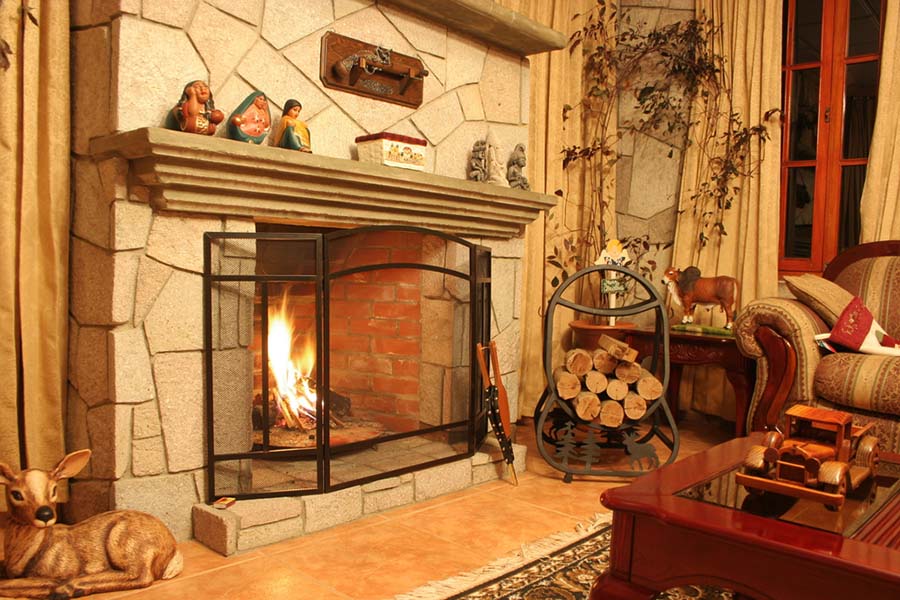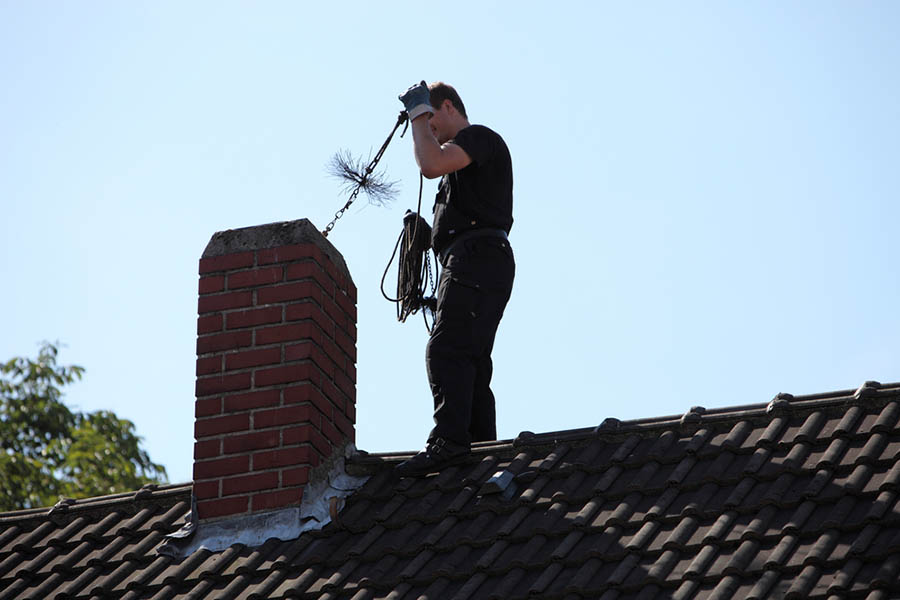Wood stove popularity
Whatever the reasons, wood stoves are still a favorite among homeowners. 6% of Canadian households use wood stoves as their primary source of heat, and many more have wood stoves as secondary heat sources. Many people have freestanding wood stoves, but they are also available as fireplace inserts. Inserts vent through the chimney, while freestanding stoves attach to a chimney through a chimney connector.
If you plan to install either type of stove or purchase a home that has one, check with your insurer to see if an inspection is required. If a wood stove isn’t properly installed it can lead to a house fire or carbon monoxide poisoning.
Don’t let that idea scare you, however. With so many wood stoves out there, it’s clear that there are safe ways to operate them. An inspector can also show you how to properly operate your stove. Meanwhile, here are safety tips to consider as you prepare to enjoy your own wood-burning heat source.
The right wood for your wood burning stove

Harder is easier. Choose hardwoods, such as maple, oak, ash, hickory or beech, as fuel for your stove. They burn more slowly and deliver more heat.
Green means stop. You’ll need dry wood for your stove. Green wood is really about 50 percent water and won’t burn well. You can collect wood yourself, but you’ll need to dry the green pieces for at least a year. Your hardwood logs are ready to use when there are obvious cracks in the grain ends and they emit a hollow sound when tapped together.
Alternatively, find a reliable log supplier; there are accreditation organizations that indicate whether a supplier’s logs are really as dry as claimed. If money is no object, or for those times when convenience trumps other considerations, you can purchase kiln logs or dried briquettes, which generally have energy added to them.
Venting requirements for your wood stove
Vent. No, we’re not talking about anger management, but about proper ventilation for your stove. Vent pipes must extend about one metre or more above the top of your home.
Safe installation is important—don’t locate the stove on a combustible surface, such as a wood floor, and don’t connect it to a chimney flue used by another appliance, whether another stove, a boiler or a furnace. Doing so could lead to the release of deadly carbon monoxide fumes.
Regularly tested smoke/fire alarm near your wood burning fireplace
If you use a wood stove, fire is always a hazard. You should already have a smoke/fire alarm installed in each room of the house and tested regularly; carbon monoxide detectors throughout the house are also recommended. A smoke detector and carbon monoxide alarm should also be installed near the wood-burning stove. In addition, make sure you have a family escape plan that everyone understands. Practice it at least once a year.
Wood burning stove shield

Wood stoves get quite hot and interior walls can be damaged if the stove is nearby. Consider installing a heat shield to protect them; some models come with heat shields included. The stove requires proper clearance all around, so keep wood furniture and all flammable items well away from it. Consult the manufacturer’s recommended clearance distance and follow their suggestion.





